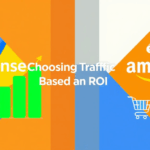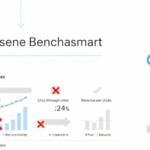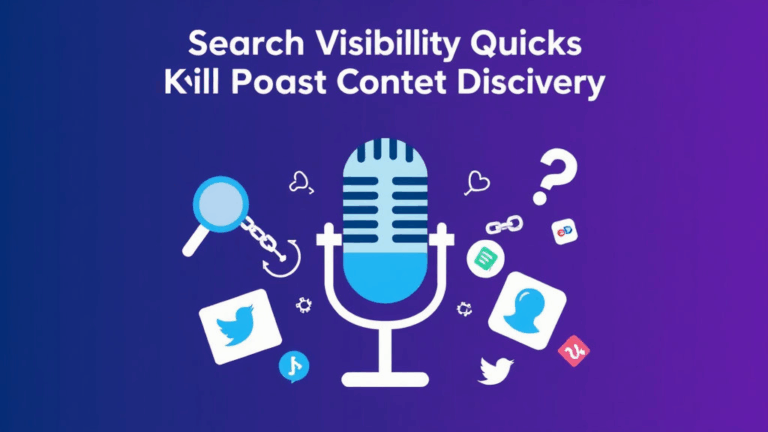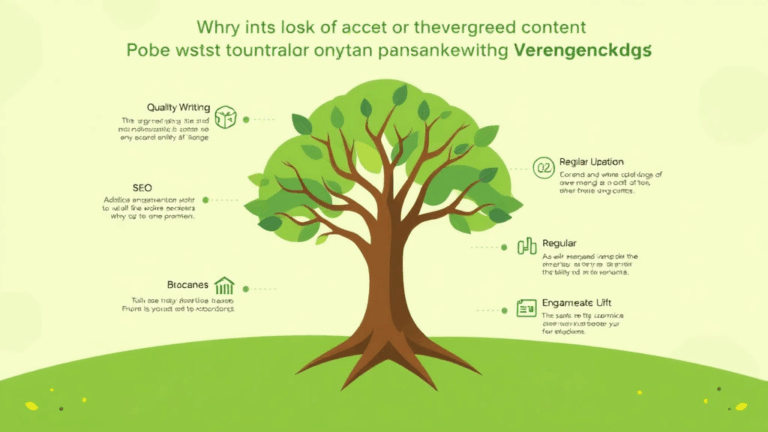How Bad Reviews (Sort of) Tanked My Page RPM in AdSense
Unexpected Impact of Star Ratings on Page RPM
Let’s start with the moment I realized something was off: I had a product affiliate site that was consistently pulling in respectable RPM — not amazing, but steady. Then came a flood of three-star reviews (honest ones, not spam), and boom — RPM dropped by like half over two weeks. Traffic didn’t change. CTR held steady. Positions were flat. And yet, earnings just… cratered.
This isn’t something Google talks about outright. There’s no official line anywhere saying, “mediocre reviews will murder your monetization.” But something about average sentiment can tank buyer intent for advertisers. And worse, it feels like AdSense’s auto ad targeting kind of gives up when content looks low-trust — even if it’s objectively useful. Think about it: would you bid high to place your skincare ad next to a 2.8-star moisturizer thread full of disappointed customers?
Also worth knowing: if structured data picks up those reviews (via aggregateRating in JSON-LD), that star count might show up in SERPs. Which is good for transparency, but bad if you’ve got average scores and a niche where people are comparison-shopping hyperactively.
This wasn’t even a hostile campaign — just a brutally honest audience. My content stayed the same. My earnings didn’t.
If you hit this problem, test stripping structured review snippets for some lower-performing posts and see if RPM improves. It sounds dumb, but it made a small difference on my end — almost like the algorithm stopped penalizing the visible mediocrity.
AdSense Auto Ads Will Misread Negative Sentiment
One sneaky issue: AdSense auto ads don’t actually understand context, just structural cues and keyword density. So if your post is titled “Why This Antivirus is Total Garbage,” AdSense still tries to run security ads… next to your takedown. The result? Garbage ads + terrible RPM.
I once did a teardown article of a crypto wallet that had locked someone out. Brutally honest, step-by-step rebuild of the loss chain. The SERP shot up — so did the bounce rate. When I looked at the ad placements, it was serving ads for that same wallet almost every time.
What worked better:
- Use
<meta name="robots" content="noindex">selectively on high-risk posts till you test ad performance. - Throw a
<nosnippet>tag on pages where the user sentiment is clearly negative but you still want to monetize otherwise useful info. - Split negative and positive/nurture content into separate site sections with unique ad styles or even completely disabled auto ads for problematic threads.
AdSense has no toggle to tell it “hey, this page is critical, don’t show supportive ads for it.” You have to trick it structurally.
Longform Threads Get Lower-Tier Ads If Comments Are Negative
This one absolutely doesn’t show up until you’ve built a weirdly active comments section. I hosted a lot of reviews where admins and users debate each other, often critically. Great for engagement, terrible for monetization. AdSense picks up on the critical language and somehow lumps the page into a tone bucket of… meh. RPM dropped even while traffic was up.
An example post had over 100 comments, mostly pushing back on the usefulness of a particular hosting provider. The post content was fair, but the thread? A total dogpile. Eventually realized that in the AdSense logs — you can see it faintly in the Ad Review Center — the ad types downgraded over time. Suddenly it was backfilling with generic finance ads instead of relevant SaaS ones.
Quick fix that actually worked:
I paginated comments. Moved them to a second tab styled as a “Community Discussion” and turned off AdSense entirely on that section. Almost instantly saw RPM climb back up on the core content page, probably because the main page looked cleaner to the ad classifier bots. Dumb trick, but it worked well enough that I kept it.
First-Click Bounces Don’t Always Tank CTR, But Do Tank eCPM
This one’s subtle. You can have strong CTR, especially if people click right away out of curiosity or by accident, but still get weak eCPM if users bounce too fast. Pretty sure the auction model in AdSense (and Ad Manager, honestly) penalizes you for dwell time underneath some magic threshold that they won’t disclose.
I tested it using heatmaps and session recordings with Hotjar. On one specific FAQ page, people clicked a top ad almost reflexively — but left instantly. Good clicks, zero money. Turns out, they were confused (I’d accidentally made image ads occupy a FAQ anchor div on mobile).
Repositioned the ads lower, kept the click-through rate basically the same, but bounce went down. RPM shot back up a bit. Feels like there’s a hidden multiplier based on how long users stick around after clicking ads.
CTR is a vanity metric if your users are escaping mid-ad-load.
Negative Reviews Can Move Pages Out of Contextually Valuable Categories
When AdSense or Googlebot starts analyzing a page’s reviews as negative, it sometimes affects the entire classification. I had a series of CPU benchmarks — objective numbers, but unfortunately some of the Ryzen chips didn’t shine. People noticed. The posts accumulated critical commentary. Pretty soon I was getting diet supplement ads on CPU benchmarks. Something had broken.
Eventually traced it to Google’s NLP tags: the Language API was flagging those articles as “Consumer Issues” or “Product Failures” instead of “Tech” or “Computers.” Not a setting in AdSense, but it trickled down. Once that context shifts, so does the ad inventory quality.
Had to rewrite parts of the summaries with more neutral framing (“average performance,” not “underwhelming for the price”) to recalibrate the page category. Utterly unscientific, but Chrome Lighthouse + View Page Info + NLP API results can tell you what AdSense thinks your page is about. That mismatch explains a ton of drops.
SafeContent Detection and Review Sentiment Collide Stupidly
Here’s a flaming wreck of a week: I posted an article titled “Why [Product Name] Failed Me Completely,” and it immediately got flagged for dangerous content. Not Gambling. Not Adult. Just: unsafe. After digging around with support, it turns out the phrase “failed me” in headline + repeated product name + links to refund policy pages tripped some internal flag in SafeContent scoring. It thought I was misleading users.
This is where context blindness in the AI classifiers is actively punishing. I wasn’t being misleading. I was being transparent. But ads got suppressed, coverage dropped to one undignified banner beneath the fold, and fill rate nosedived. Not deindexed, but neutered.
To fix? Changed “Failed Me” to “Didn’t Live Up to Promises,” split critical opinion into a secondary paragraph and added a boilerplate disclaimer. The dumb little meta shield worked. SafeContent scanners relaxed. Ads returned.
No documentation on this. It’s just trial and error with bad phrasing roulette.
Comment Moderation Lag Can Quietly Kill Your Earnings
If you’re not moderating daily, you might be nuking your own ad quality. I found an old page that got absolutely hijacked by a single user venting about lawsuits related to a plugin — subtly obscene, totally comment-legal, but loaded with hatebait phrasing. Didn’t show up till I manually checked old threads. RPM had crashed there for months.
Apparently, when enough flagged phrases appear below the fold — especially in nested comments — the automated classifiers downrank ad suitability. But there’s no warning. No scorecard. You just see earnings slide and assume it’s seasonal traffic.
What helped:
- Added ID-based delayed loading for comments (ad code renders first, comments 500ms later)
- Installed a profanity detector on button submit (not post-save), so crazy stuff never hit the DB
- Retroactively turned off comments on posts older than 2 years
Massive headache, especially if you value open discussion. But from a revenue perspective, letting garbage stew unchecked really hurts.













